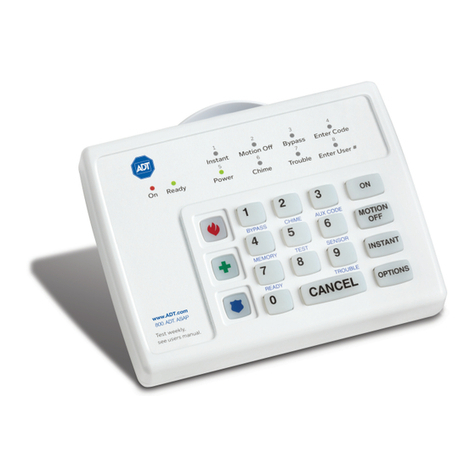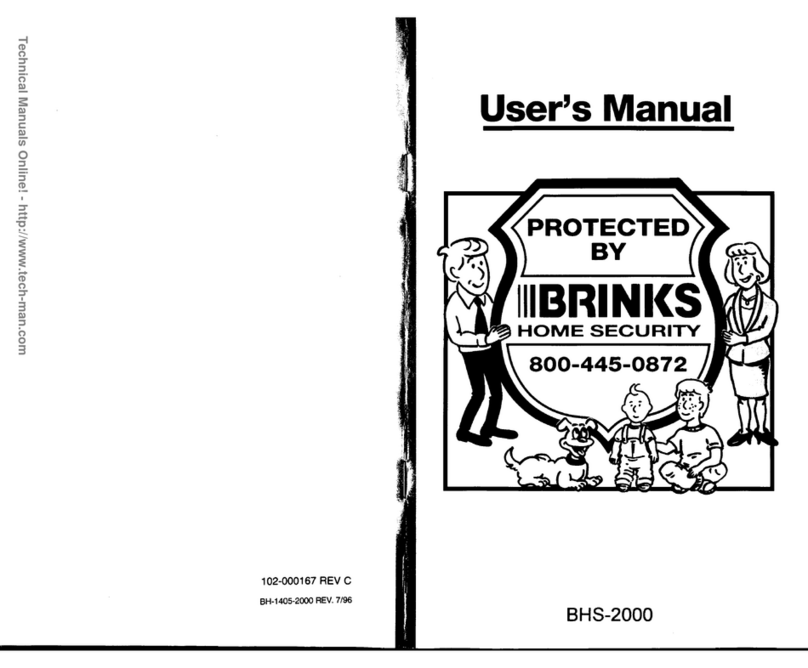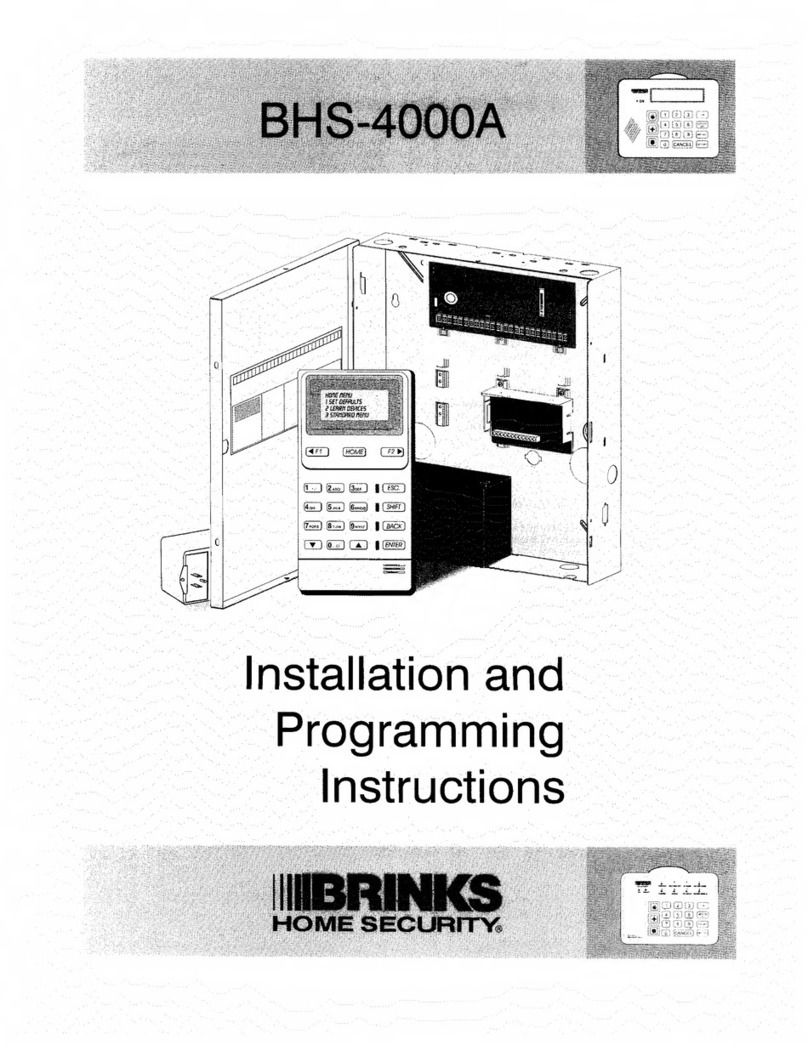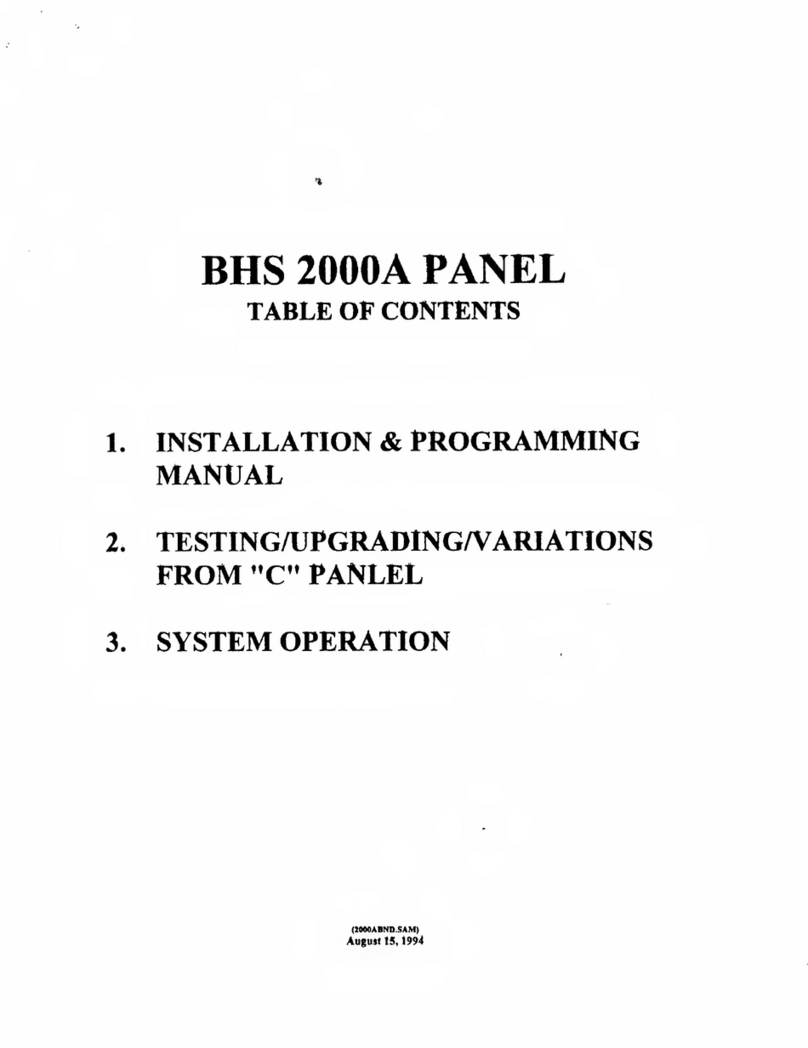
TABLE OF CONTENTS
HOW TO AVOID FALSE ALARMS............................................................ 1
THE BRINK’S HOME SECURITY SYSTEM
Equipment in the Standard Systems....................................................... 2
Optional Equipment................................................................................. 3
Description of the Keypad........................................................................ 5
OPERATING THE BRINK’S SYSTEM
Normal Operating Mode.......................................................................... 6
Turning the System ON........................................................................... 6
Not Ready Status.................................................................................... 7
Turning the System OFF.......................................................................... 7
Turning System OFF and Canceling a Sounding Alarm.......................... 8
Turning System OFF After an Alarm in Your Absence............................. 8
What to do in an Actual Emergency......................................................... 9
Turning System ON with Motion Detectors Off........................................ 9
Turning System ON with Delay Doors Instant.......................................... 9
Turning System ON with Motion Off and Doors Instant........................... 9
Using the Keypad’s Emergency Buttons................................................ 10
USING SYSTEM OPTIONS
Bypass.................................................................................................. 11
Door Chime........................................................................................... 11
Adding Auxiliary Codes......................................................................... 12
Deleting Auxiliary Codes....................................................................... 12
Viewing Alarm Memory.......................................................................... 12
TESTING THE BRINK’S SYSTEM
Transmission and Siren Test.................................................................. 13
Testing the Door and Window Sensors.................................................. 13
Testing the Motion Detector................................................................... 14
Testing the Smoke Detector (Optional Feature).................................... 14
TROUBLE MESSAGES
No AC Power Indication........................................................................ 15
Low Battery Indication........................................................................... 15
Trouble on Fire Zone Indication............................................................. 16
Communication Problem Indication....................................................... 16
CLEANING THE SMOKE DETECTOR (Optional Feature)................... 17
EMERGENCY EVACUATION PLANS................................................... 18
QUESTIONS AND ANSWERS.............................................................. 20
































